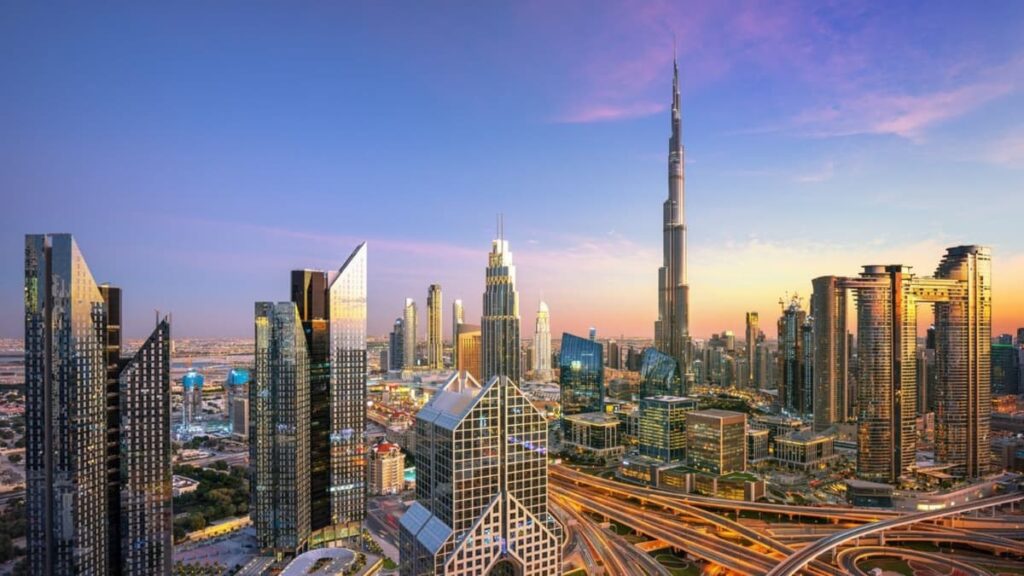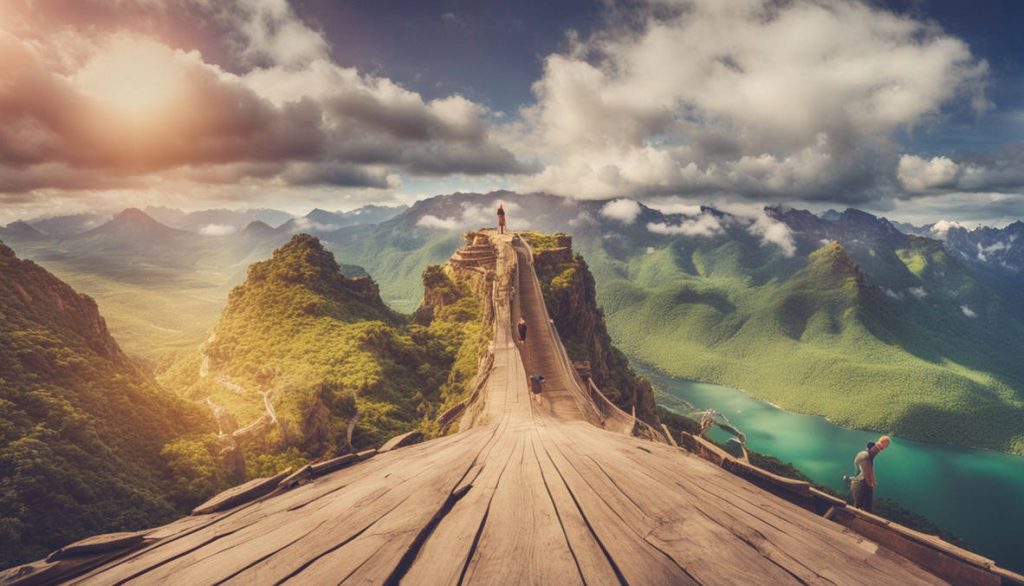There are few cities in the world that reflect transformation as dramatically as Dubai. Once a quiet trading post on the Arabian Gulf, today it stands as a global symbol of ambition, innovation, and luxury. From its golden deserts to its shimmering skyline, Dubai tells a story of human vision turning impossible dreams into reality. What began as a small fishing and pearl-diving village has become a futuristic hub that connects East and West — a place where tradition meets technology, and culture blends with cosmopolitan flair. The evolution of Dubai is not just about architecture; it’s about people, progress, and purpose.
The Humble Beginnings: A Desert Dream
Before the glittering skyscrapers and the luxury resorts, Dubai was a humble settlement built on trade and resilience. For centuries, its economy revolved around pearl diving, fishing, and small-scale trading along the coast. The discovery of oil in the 1960s changed the course of its destiny. But rather than depending solely on oil, Dubai’s visionary leaders planned for a diversified future – investing in infrastructure, tourism, finance, and technology. This early foresight laid the foundation for the modern metropolis we see today.
Gateway of Opportunities: Dubai Visa for Australia Citizens
For travelers seeking to witness Dubai’s transformation firsthand, obtaining the Dubai Visa for Australia Citizens has become a simple and well-organized process. Whether visiting for business, leisure, or to explore the cultural heritage of the Emirate, Australian citizens can apply online with minimal documentation. The streamlined visa process reflects Dubai’s global openness and its goal of welcoming people from every corner of the world.
Once approved, visitors can experience everything – from the ancient Gold Souk of Deira, where merchants still trade in glittering treasures, to the ultra-modern Downtown Dubai, home to the Burj Khalifa and Dubai Mall. This ease of access contributes significantly to the city’s thriving tourism sector, making Dubai one of the top destinations for travelers from Australia and beyond.
Bridging Heritage and Modernity: Dubai Visa for Austria Citizens
Similarly, the Dubai Visa for Austria Citizens opens the doors to a world that seamlessly merges old traditions with modern lifestyles. Austrian travelers often admire Dubai’s ability to preserve its rich Arabian culture while embracing futuristic development. The Al Fahidi Historical Neighborhood, for instance, offers a glimpse into Dubai’s past with wind-tower houses, narrow lanes, and traditional courtyards.
On the other hand, the nearby Dubai Frame acts as a literal and symbolic bridge between old and new -offering panoramic views of both the historic and modern sides of the city. This harmony between heritage and innovation is one reason why Dubai continues to inspire visitors and investors alike.
The Rise of the Skyscrapers: Building the Impossible
Dubai’s skyline today is a symbol of modern engineering and ambition. The construction of landmarks like the Burj Khalifa, Burj Al Arab, and the Palm Jumeirah has redefined what cities can achieve. The Burj Khalifa, the world’s tallest building, stands as a testament to Dubai’s belief that no dream is too high.
But beyond luxury and record-breaking heights, these projects demonstrate Dubai’s strategy of using architecture as a branding tool – turning the city itself into a living masterpiece. The focus on sustainable smart cities, such as the upcoming Dubai Sustainable City, also shows a shift toward responsible urban development.
Economic Transformation and Global Influence
Dubai’s economy has evolved far beyond oil. Today, tourism, aviation, real estate, and financial services are its strongest pillars. The city’s free zones attract thousands of international companies seeking business-friendly policies and zero taxes.
The Dubai International Airport and Emirates Airlines connect the world through one of the busiest air networks globally. With major global events like Expo 2020 and a growing reputation as a fintech and logistics hub, Dubai continues to strengthen its position as a global economic powerhouse.
Culture, Art, and Innovation
While many know Dubai for its luxury, few realize the depth of its cultural and artistic progress. The Dubai Opera, Alserkal Avenue, and Museum of the Future showcase the city’s dedication to creative expression and innovation. The government’s vision aligns with the UAE Centennial 2071 Plan, focusing on knowledge, sustainability, and happiness.
Dubai’s festivals, like the Dubai Shopping Festival and Art Dubai, attract global audiences, reinforcing its image as a cosmopolitan city where creativity and commerce flourish side by side.
Real-Life Example: The Dubai Miracle
One of the most remarkable examples of Dubai’s evolution is the transformation of Downtown Dubai. Once an empty desert, it is now home to the Burj Khalifa, Dubai Fountain, and Dubai Mall, drawing over 80 million visitors annually. This success wasn’t accidental – it was a result of long-term vision, strategic urban planning, and global collaboration. Dubai’s leadership continues to push boundaries, ensuring the city evolves not just vertically but sustainably.
Conclusion
From trading in gold markets to building glass towers that touch the clouds, Dubai’s journey is an extraordinary story of transformation, innovation, and determination. It has evolved from a simple desert settlement into a world-class metropolis without losing its cultural identity. Dubai teaches the world that vision, unity, and resilience can turn even the most ambitious dreams into reality.
FAQs
Q1. What makes Dubai’s transformation unique?
Dubai’s evolution stands out because of its balance between cultural preservation and futuristic development — turning a small desert town into a global icon.
Q2. How did Dubai diversify its economy?
While oil was the starting point, Dubai invested early in tourism, real estate, aviation, and finance, creating a sustainable and diverse economy.
Q3. Why is Dubai popular among international travelers?
Dubai attracts visitors with its luxury lifestyle, modern architecture, safe environment, and seamless visa processes for citizens of many countries, including Australia and Austria.
Q4. What are Dubai’s future plans?
Dubai aims to become the world’s smartest and most sustainable city by 2071, focusing on renewable energy, digital innovation, and human well-being.
regic



